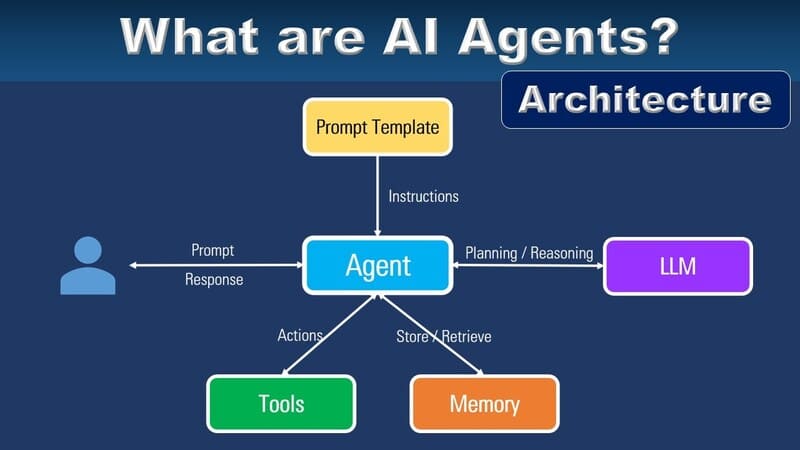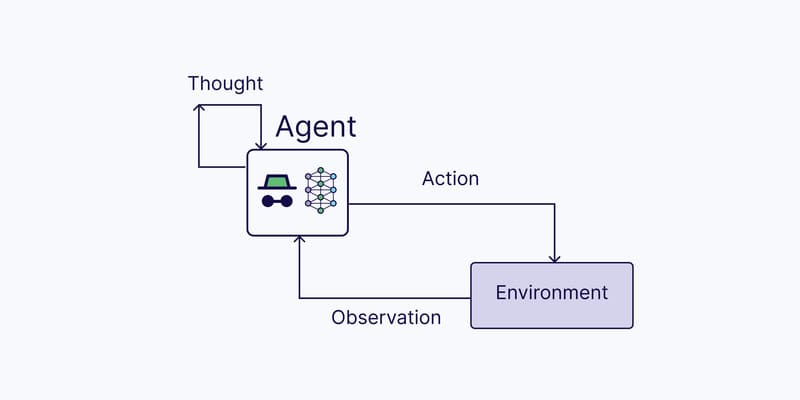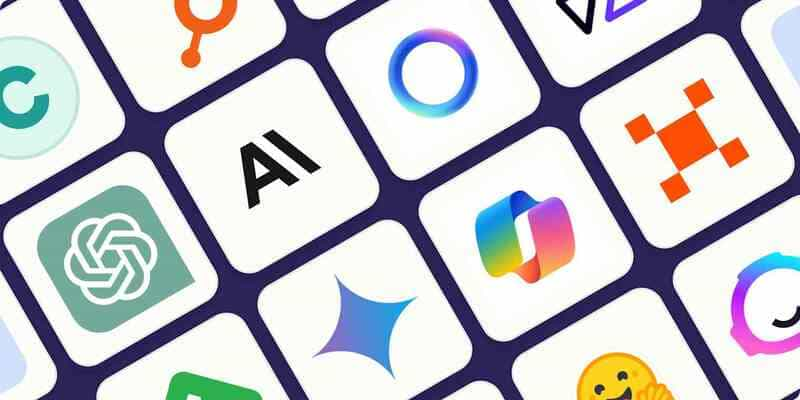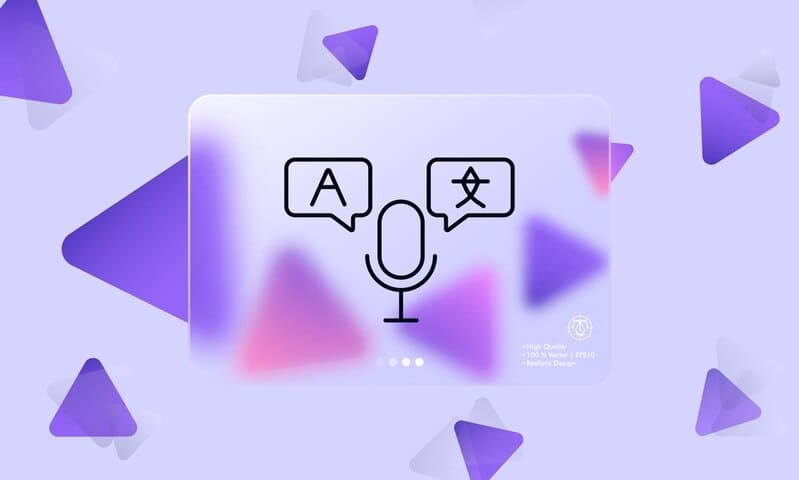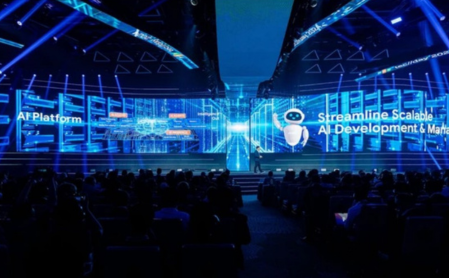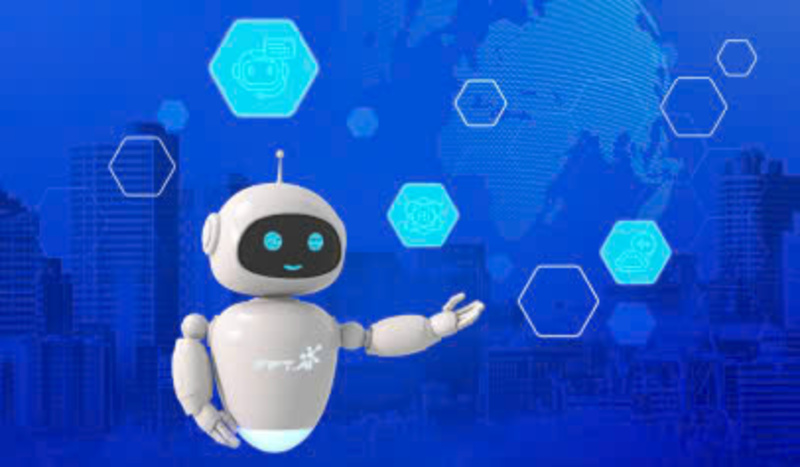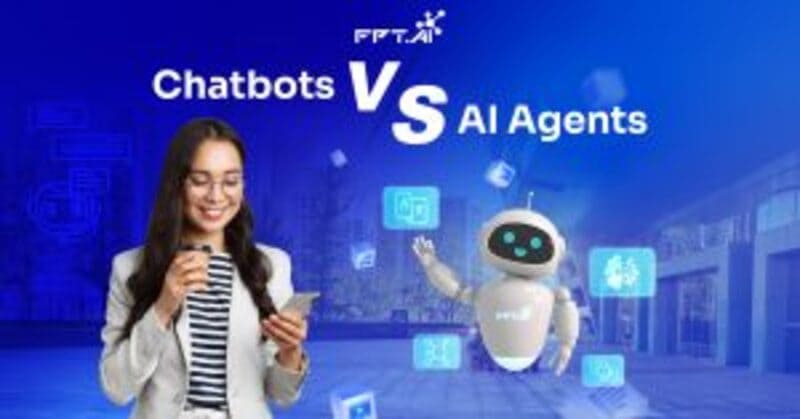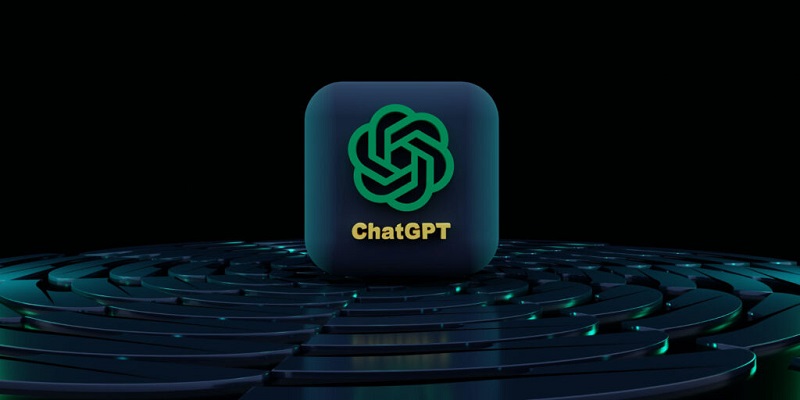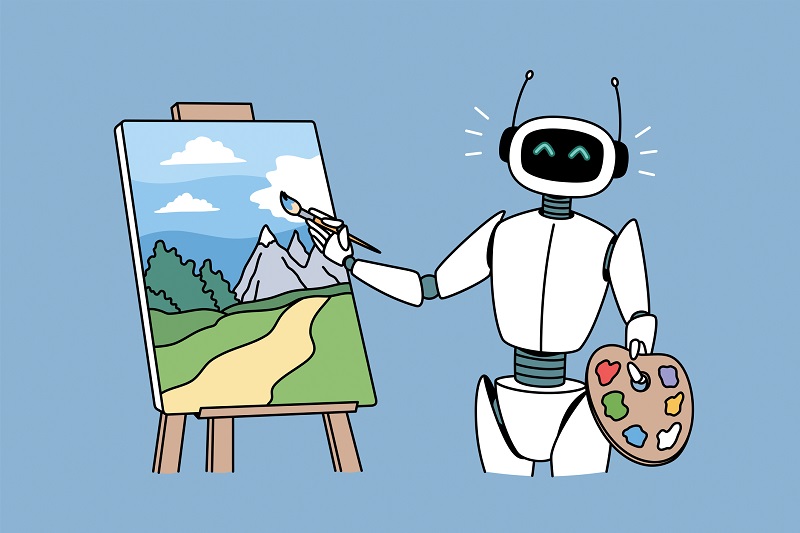Although still needing further technical development before being deployed in business, Gen AI Agents are rapidly gaining attention. In the past year alone, giants like Google, Microsoft, and Open AI have invested heavily in software libraries and frameworks to support Agentic functionality. LLM-powered applications like Microsoft Copilot, Amazon Q, and Google’s upcoming Project Astra are shifting from knowledge-based to more action-based. Companies and research labs like Adept, crewAI, and Imbue are also developing Agent-based models and multi-agent systems.
What is the reason behind this trend? Let’s explore the details with FPT.AI in the following article. (The article is translated from McKinsey’s latest research with specific sources cited at the end of the article).
How will Gen AI Agents change the way we interact?
Traditional Agentic AI systems are often difficult to implement, requiring laborious rule-based programming or very specific training for machine learning models. Generative AI changes that. Rather than just answering questions and generating content like AI Chatbots, Gen AI Agents can perform multi-step workflows such as:
- Automatically planning actions
- Using online tools to complete tasks
- Collaborating with other agents and humans
- Learning to improve performance
The strength of AI Agents is their ability to flexibly adapt to many situations (similar to how LLMs can intelligently respond to commands they have not been explicitly trained for) because they are built on foundational models that have been trained on extremely large and diverse unstructured data sets instead of rigid rules.
Instead of programming languages, users can use natural language to instruct the system to perform complex tasks. The multi-agent system then automatically organizes workflows, divides tasks, assigns them to specialized agents, and collaborates with humans to continuously improve the quality of its actions.
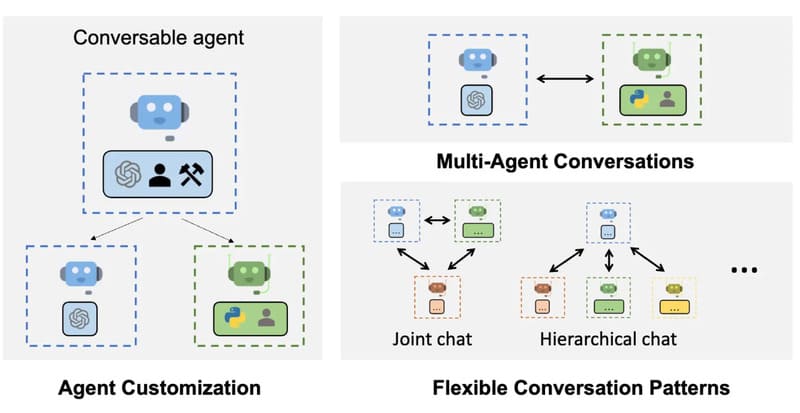
>>> EXPLORE: What is an LLM Agent? How it works, advantages, and disadvantages
What value can Gen AI Agents bring to businesses?
Generative AI enables AI Agents to automate complex processes with diverse inputs and outputs – currently unimaginable due to time and cost constraints. For example, a business trip requires coordinating multiple elements across multiple platforms such as: booking airline tickets, reviewing hotel loyalty programs, reserving restaurant tables, and arranging after-hours activities. Much of this work is still done manually because it is too complex to automate using traditional methods.
Gen AI Agents offer three key advantages:
- Diverse Scenario Handling: Unlike rule-based systems that are prone to “fragile” situations when faced with unexpected situations, AI Agents based on platform models can adapt to a variety of situations. They are capable of handling non-linear, variable-rich processes that require sophisticated judgment and real-time adaptation to complete specialized tasks.
- Allows users to control using natural language: Instead of having to translate processes into programming languages (which is time-consuming, labor-intensive, and requires high technical expertise to set up rules and systematize systems), users can direct AI Agents using plain language. This allows even non-technical employees to create complex automated processes, enhancing collaboration between technical and non-technical teams.
- Allows employees to integrate with existing tools: AI Agents can work with a variety of software applications (such as drawing and charting tools), search the web for information, collect user feedback, and connect with other AI models. This capability avoids the need for manual system integration or aggregating output from multiple separate systems – tasks that are time-consuming and labor-intensive.
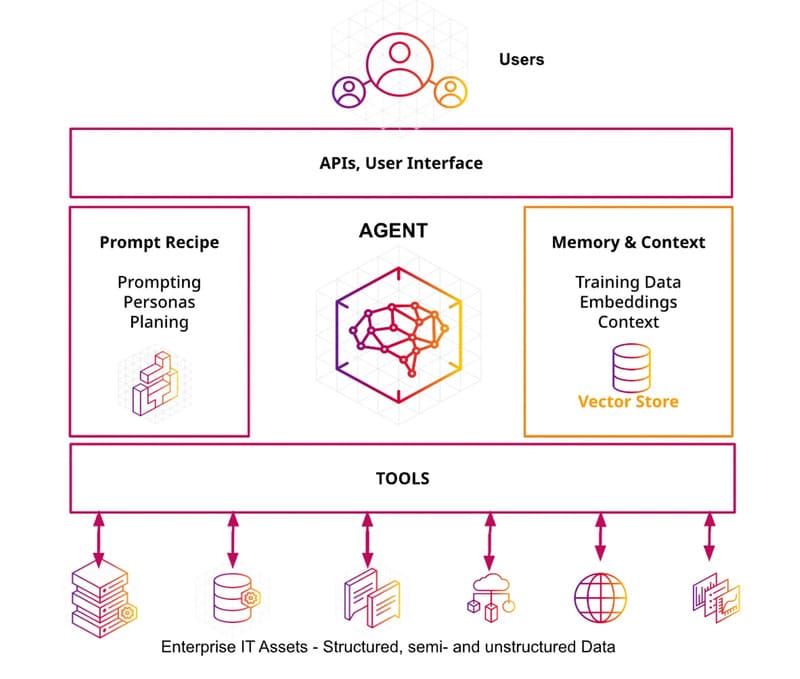
>>> EXPLORE: How to build an AI Agent and train it successfully?
How do Gen AI Agents Work?
Gen AI Agents can handle complex tasks across a wide range of industries, especially those that require time-consuming processes or in-depth qualitative and quantitative analysis. They work by breaking down complex work into smaller tasks based on specific instructions and data sources to achieve a desired goal. The Gen AI Agent workflow consists of four steps:
- Receive instructions: The user makes a request in natural language, the system determines the expected course of action, and asks clarifying questions when necessary.
- Plan and assign: The system translates the request into a workflow, breaking down tasks. The manager subagent assigns these tasks to specialized subagents, each equipped with the necessary knowledge and tools. These agents work together, using the enterprise’s data and systems to perform the work.
- Improve Results: During the execution, the system may request additional information from the user to ensure accuracy. The agent then provides the results and continues to improve based on the feedback.
- Action: The agent performs the necessary operations to complete the user’s request.
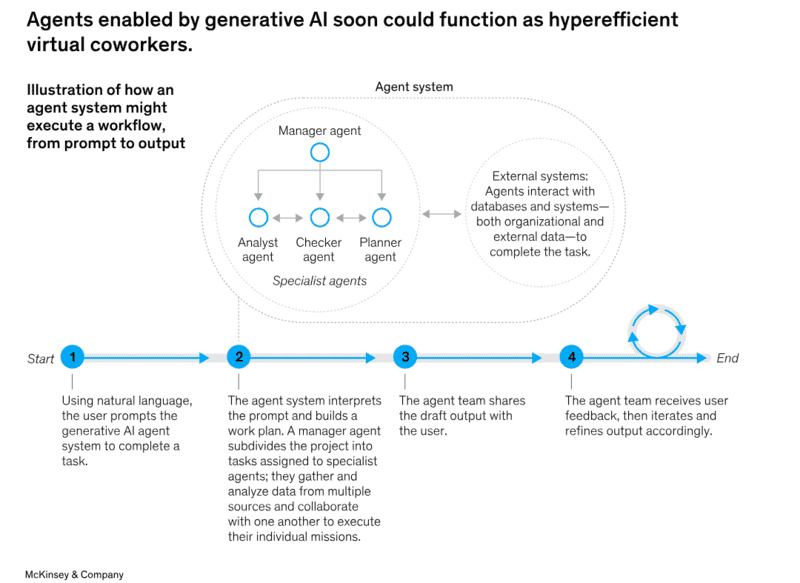
>>> EXPLORE: AI Agents at Work – Foundation for Productivity Breakthrough
When should Gen AI Agents be applied?
AI Agents can bring significant value to businesses through the following three typical cases:
Loan appraisal
Financial institutions often have to create credit risk reports to assess the risk of extending credit or loans to borrowers. This process requires compiling, analyzing, and reviewing a variety of information about borrowers and loans, which is time-consuming and requires the coordination of many parties (relationship managers must work with borrowers, stakeholders, and credit analysts to conduct specialized analyses that are then submitted to credit managers for review and additional expertise.).
A multi-agent system can handle this scenario with:
- Relationship management agent: Handles communication between borrowers and financial institutions
- Execution agent: Compiles and compiles necessary documentation
- Financial analysis agent: Checks debt from cash flow statements and calculates relevant financial ratios
- Review agent: Checks for errors and provides feedback. This analysis, refinement, and review process is repeated until the final credit report is completed.
With this approach, businesses can reduce review time by 20-60%, process data from multiple sources, quickly verify outputs, and simplify the entire report generation process.
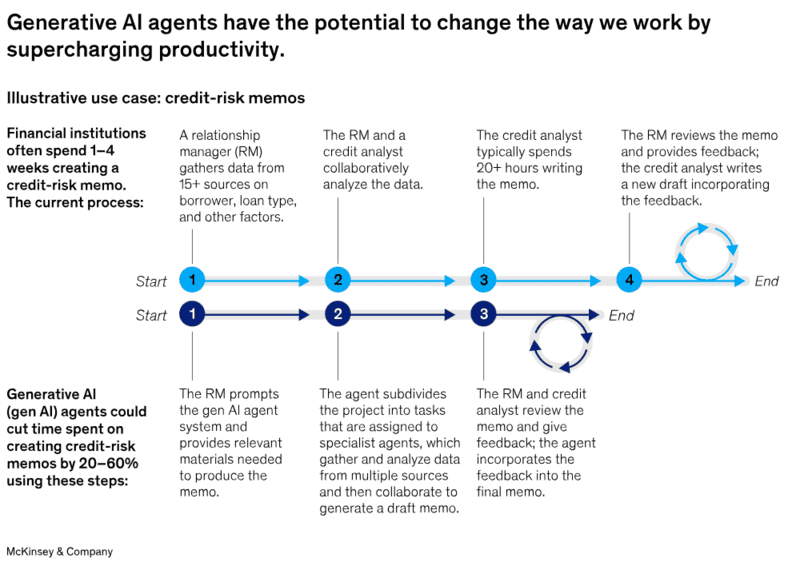
>>> EXPLORE: Understanding AI Agents in KYC
Document and modernize code
Legacy software systems often pose security risks and hinder innovation. However, modernizing them requires engineers to understand the millions of lines of codebase in legacy databases as well as manual documentation of business logic, then translate this logic into an updated codebase and integrate it with other systems.
AI agents have the potential to significantly streamline this process with:
- Legacy software expert agents: Analyze legacy codebases and document and translate different code segments.
- Quality assurance agents: Review documentation and create test suites, helping the AI system refine output and ensure compliance with organizational standards.
This process creates a flywheel effect as components are reused for multiple transformation projects, improving productivity and reducing development costs.
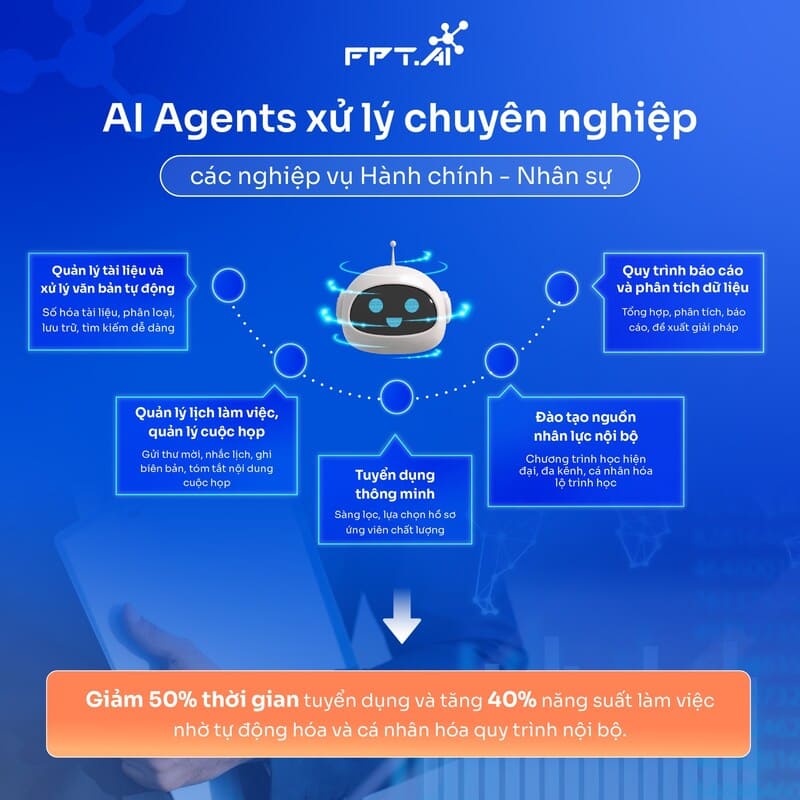
>>> EXPLORE: AI Agents for Business Internal Operations in Vietnam
Create an online marketing campaign
Designing, launching, and running an online marketing campaign requires the use of multiple tools and applications. To move from business goals to creative ideas, marketers must create relevant content for each segment and geography, then test campaigns with user groups across multiple platforms. Using different forms of software and transferring output from one tool to another is often tedious and time-consuming.
With the help of Generative AI, a marketer can describe their target audience, initial idea, intended channel, and other parameters in natural language to the agent system. The Multi Agent System – with the support of marketing experts – then helps develop, test and iterate on different campaign ideas with:
- Strategy Agents: Mining online surveys, analyzing customer relationship management solutions and market research platforms to gather information and using multi-modal platform models to build strategies
- Content and Design Agents: Writing ads, designing, building content that reviewers can review for brand alignment
These agents will work together to refine the output to optimize campaign impact while minimizing brand risk.
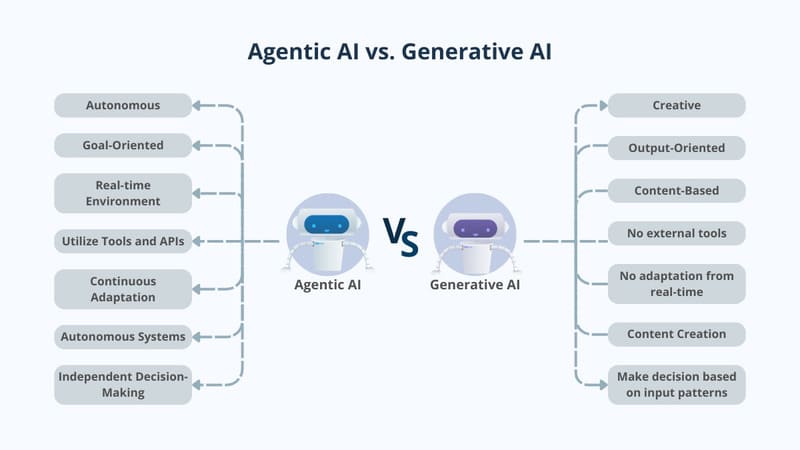
>>> EXPLORE: Applications of AI Agents in Personalized Marketing
How should business leaders prepare for the era of Gen AI Agents?
Business leaders should proactively learn about Gen AI Agents, identifying processes that can be accelerated by agent systems. Then, organizations can explore how to use APIs, toolkits, and libraries of leading AI Agents such as Microsoft Autogen, Hugging Face, and LangChain to understand what is involved.
To prepare for agent systems, organizations should focus on three key elements:
- Codify knowledge: Convert business processes into coded workflows to train AI Agents. At the same time, build expertise to guide AI Agents in natural language, simplifying complex processes.
- Strategic technology planning: Organize data and IT systems to ensure agents can effectively connect to existing infrastructure. Build a system to collect user feedback and ensure the ability to integrate new technologies without disrupting operations.
- Establish a human-involved control mechanism: Establish a control system to balance the autonomy of AI Agents and risks. Ensure the accuracy and fairness of output results, work with experts to maintain and scale the Agent system, and create a learning flywheel for continuous improvement.
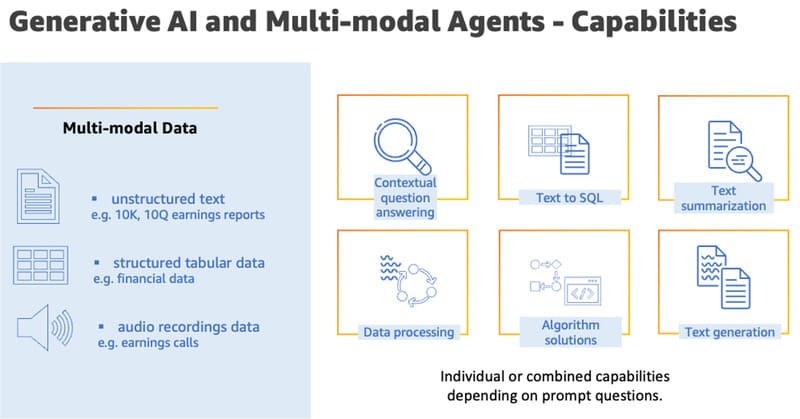
According to a McKinsey survey, more than 72% of companies are implementing AI solutions, with growing interest in generative AI. Thus, it is not difficult to predict that businesses will soon integrate pioneering technology such as AI Agents into their AI plans. Automation based on AI agents promises to revolutionize many industries, bringing new breakthroughs in productivity.
However, this technology is still developing and needs time to perfect. Like new hires, Gen AI Agents need to be thoroughly vetted, trained, and coached before they can operate independently. However, we can already see the huge potential that this generation of virtual coworkers can bring.
Reference: McKinsey & Company. (2023). Why agents are the next frontier of generative AI. https://www.mckinsey.com/capabilities/mckinsey-digital/our-insights/why-agents-are-the-next-frontier-of-generative-ai
>>> EXPLORE:








